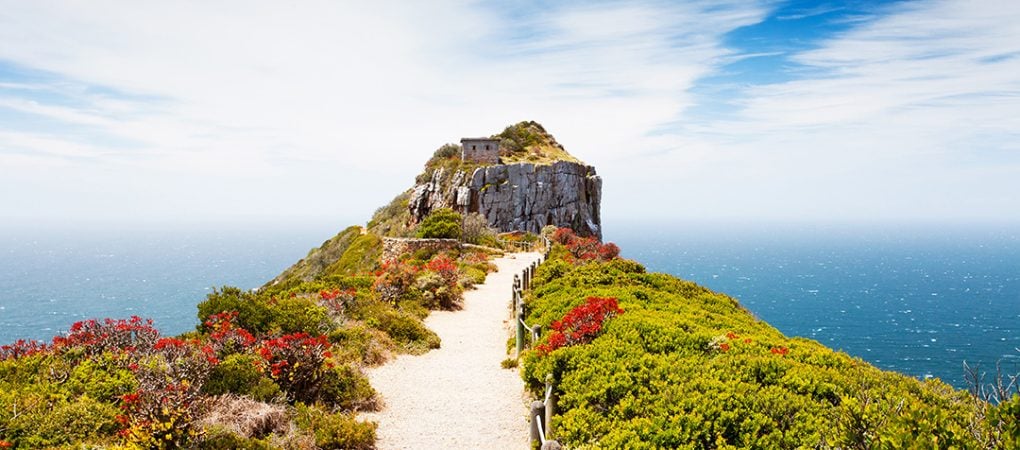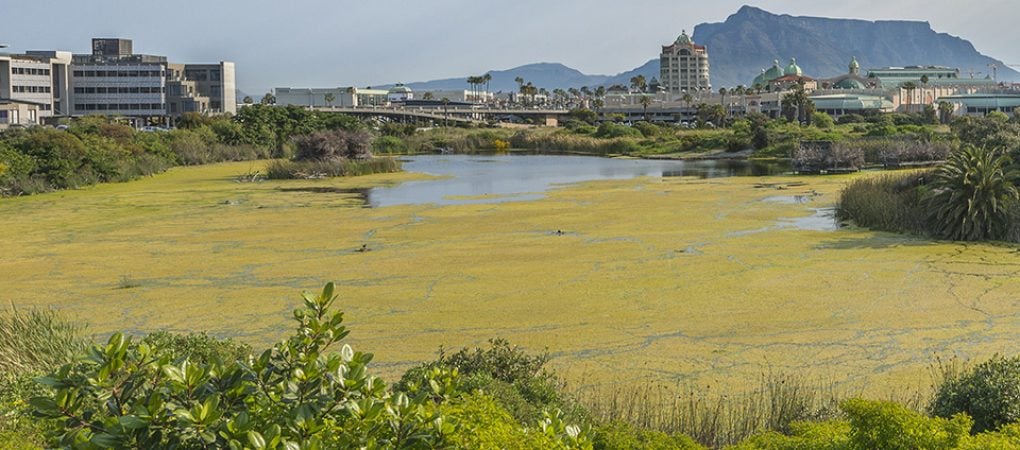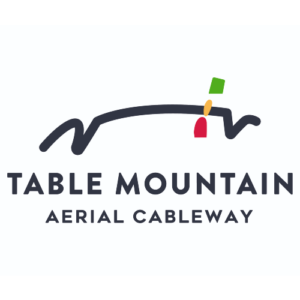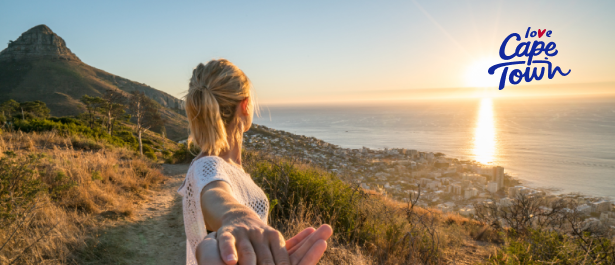We’re all looking forward to the day when we can welcome you to our shores. Until then, we want you to get to know Cape Town better. Take a closer look at our natural beauty, delve into our history, culture and attractions, and start creating your bucket list for your next visit, after all – we are worth waiting for!
District Six Museum
The District Six Museum opened its doors on December 10th, 1994 and pays homage to the forced removal of more than 60 000 District Six residents. The museum houses a collection of historical artifacts including photographs, books and street name signs that were saved by a former resident while demolition of the area was happening. The floor of the museum is covered with a map of the area and shows handwritten notes from former residents.

Twelve Apostles Mountain Range
The Twelve Apostles Mountain Range extends from Table Mountain and overlooks the trendy suburb of Camps Bay. Forming one of the most scenic stretches of coast in the world, the mountain range runs roughly 6km from Kloof Nek (the saddle between Table Mountain and Lion’s Head) to Hout Bay. Although there are 18 peaks, the theory is that if you count the buttresses only (the part that protrudes) this is where the “12 Apostles” can be counted. When the Cape was under Dutch rule, the range was known as Kasteelbergen (Castle Mountains) and Gewelbergen (Gable Mountains).

Auwal Mosque
The Auwal Mosque, recognised as the first mosque in South Africa, was built in Bo Kaap in 1794. It was constructed during the first British occupation of the Cape, on land belonging to Coridon van Ceylon – a Vryezwarten (freed Black Muslim slave). It is the first mosque where public prayer was allowed and where many of the Cape Muslim traditions started. After spending 13 years imprisoned on Robben Island, Imam Abdullah Kadi Abdus Salaam also known as Tuan Guru, became the first Imam of the mosque. These days you can take a closer look at this mosque on a city walking tour.

Khayelitsha
Khayelitsha is the largest township in Cape Town and is situated approximately 30km south east of the city centre. Plans to build Khayelitsha were first announced in 1983 by then Minister of Co-operation and Development, Dr Piet Koornhof. When translated from isiXhosa (one of South Africa’s 11 official languages) to English, the name Khayelitsha means ‘our new home.’ The area is home to a bustling community and is known for its entrepreneurial spirit and social development projects. For a detailed guide of Khayelitsha click here

V&A Waterfront
Named after Queen Victoria and her son Prince Alfred – the development of the V&A Waterfront started in in 1988. Situated on the oldest working harbour in the southern hemisphere, official commercial trading began in 1990 when the Pierhead Precinct (later renamed the Pierhead District) was added to the V&A Waterfront property. While it is still functioning as a working harbour – today the 123-hectare (1,230 000 square metres) area is more commonly known as a world class shopping and entertainment destination.



















































